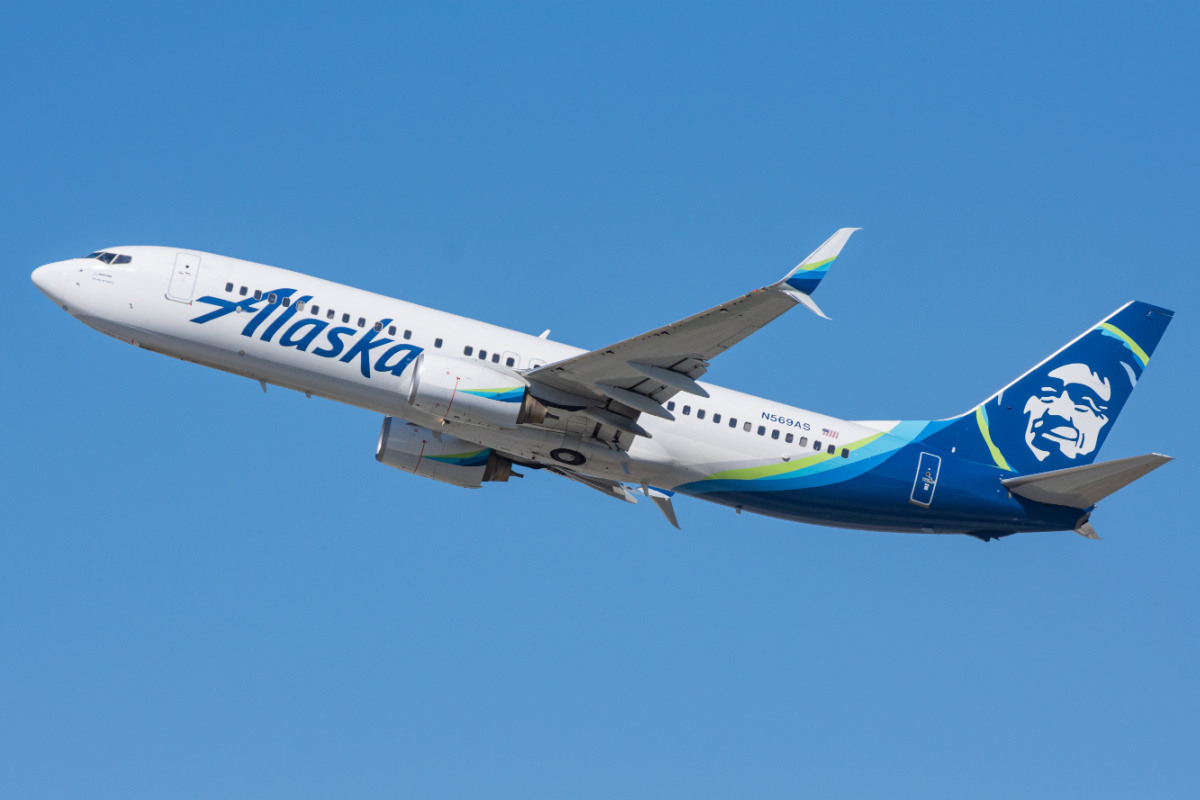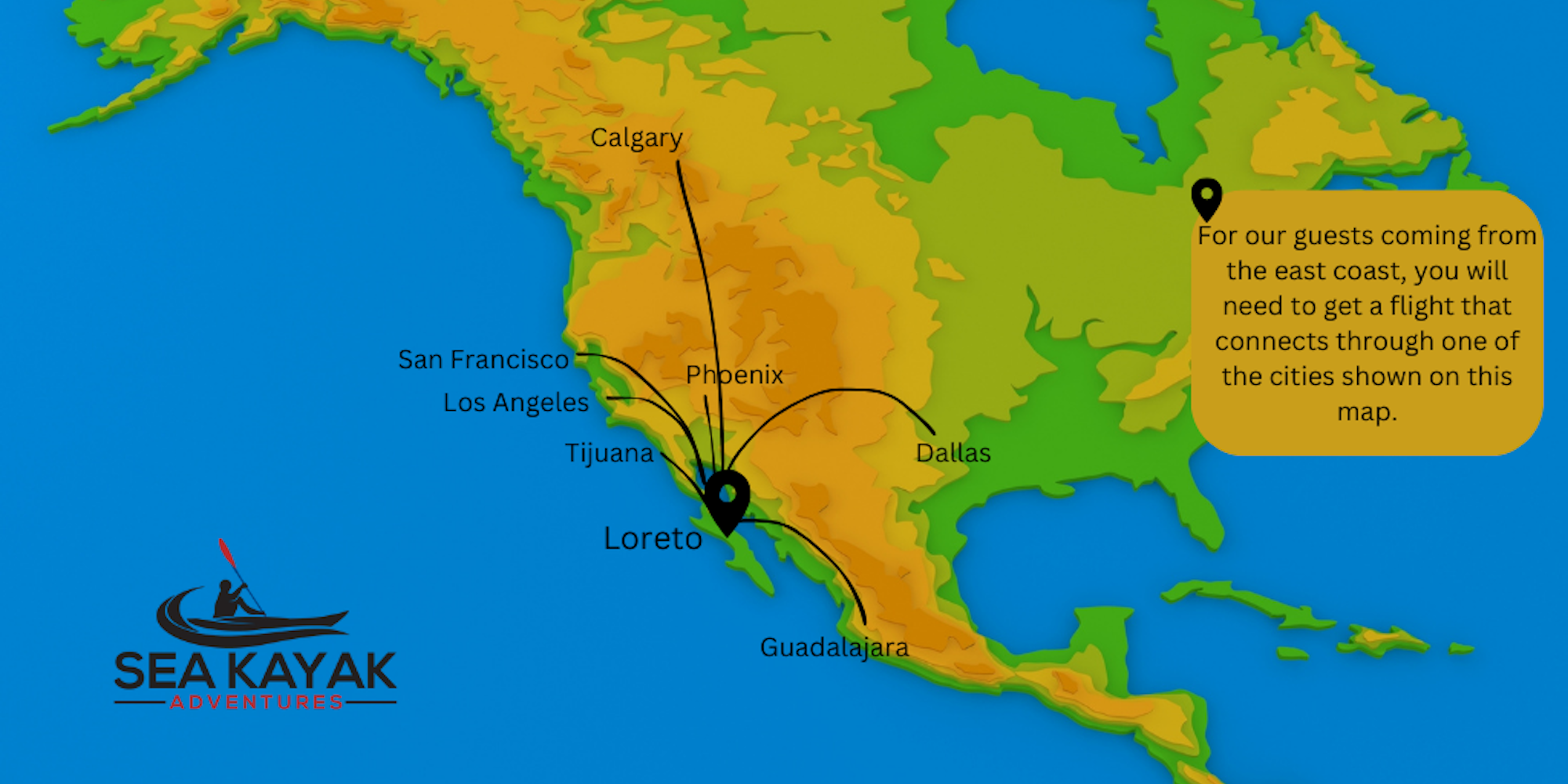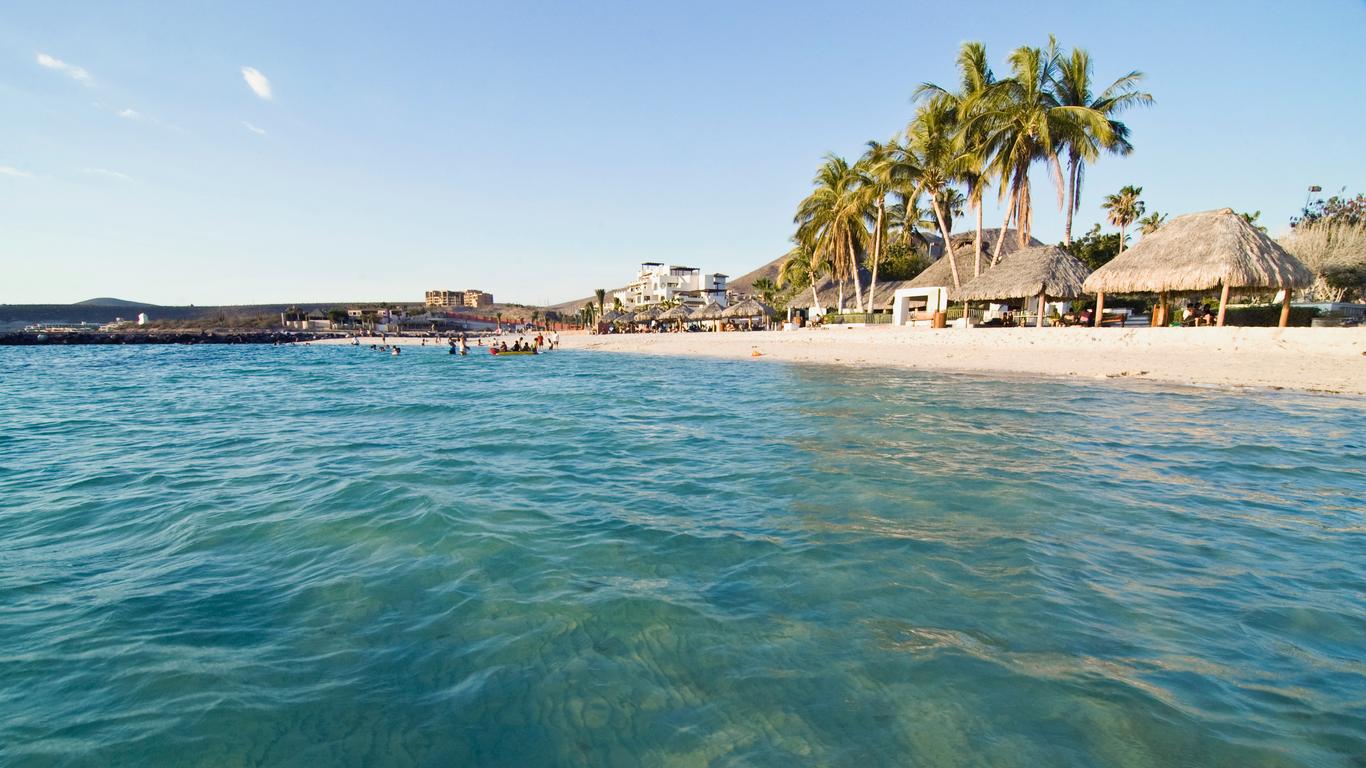Lax To La Paz Baja Flights

The promise of quicker, easier access to the sun-drenched beaches and vibrant culture of La Paz, Baja California Sur, has ignited both excitement and concern following the recent surge in direct flights from Los Angeles International Airport (LAX). While proponents tout economic benefits and increased tourism, critics raise questions about the sustainability of the increased traffic and the potential impact on the region's fragile ecosystem.
This article examines the burgeoning LAX to La Paz flight route, analyzing its potential economic advantages, exploring concerns regarding environmental sustainability, and assessing the perspectives of stakeholders ranging from airlines and tourism boards to local residents and environmental advocacy groups. The goal is to provide a comprehensive overview of the issues surrounding this growing connection between Southern California and the Baja California peninsula.
The Rise of Direct Flights: A New Era for La Paz
Several airlines have recently introduced or increased the frequency of direct flights between LAX and La Paz's Manuel Márquez de León International Airport (LAP). This surge reflects a growing demand from travelers seeking a convenient escape to the serene beauty of Baja California Sur.
Alaska Airlines, for example, has significantly expanded its service, offering daily flights during peak seasons. This increased connectivity is a direct response to observed consumer interest in the region, according to a recent statement from the airline's route planning department.
Economic Opportunities and Tourism Boom
The influx of direct flights is widely anticipated to stimulate the local economy of La Paz and the surrounding areas. Increased accessibility translates directly into more tourists, benefiting hotels, restaurants, tour operators, and local businesses.
The La Paz Tourism Board projects a significant increase in tourist revenue over the next year, attributing this optimistic forecast largely to the enhanced air connectivity with Los Angeles. Preliminary data suggests a substantial uptick in hotel bookings and tour reservations following the launch of new flight routes.
The Perspective of Local Businesses
Many local business owners are enthusiastic about the prospect of increased tourism. "More flights mean more opportunities for us," says Maria Rodriguez, owner of a popular beachfront restaurant in La Paz. "We are preparing to welcome more visitors and showcase the best of our local cuisine."
However, some express concerns about the potential for over-tourism and its impact on the authentic charm of La Paz. Managing growth sustainably is a key priority for maintaining the unique appeal of the region.
Environmental Concerns and Sustainability
The increase in air traffic has raised concerns among environmental groups regarding the potential impact on the region's delicate ecosystems. Baja California Sur is renowned for its pristine beaches, diverse marine life, and protected natural areas.
Increased tourism can lead to increased waste generation, water consumption, and pressure on local resources. Sustainable tourism practices are crucial to mitigating these potential negative impacts.
The Impact on Marine Life
The Sea of Cortez, adjacent to La Paz, is a UNESCO World Heritage site and a biodiversity hotspot. Increased boat traffic and tourism activities can disturb marine life, including whales, dolphins, and sea turtles.
Organizations like Ocean Conservancy are advocating for responsible tourism practices, including minimizing boat traffic in sensitive areas and promoting responsible waste management. They emphasize the need for careful monitoring of the environmental impact of increased tourism.
Infrastructure and Capacity Challenges
The Manuel Márquez de León International Airport (LAP) is undergoing expansion to accommodate the increased passenger traffic. However, concerns remain about the airport's ability to handle a sustained surge in flights and passengers.
Upgrades to airport infrastructure, including baggage handling systems and passenger terminals, are essential to ensuring a smooth and efficient travel experience. Investment in ground transportation and accommodation infrastructure is also necessary to support the growing tourism sector.
Addressing Infrastructure Needs
The Mexican government, in collaboration with private investors, is working to address the infrastructure challenges. Plans are underway to expand the airport's capacity and improve ground transportation links to key tourist destinations.
These efforts aim to ensure that La Paz can accommodate the growing influx of visitors without compromising the quality of the tourist experience or straining local resources.
Balancing Growth and Sustainability: A Path Forward
The growth of direct flights between LAX and La Paz presents both significant opportunities and potential challenges. Successfully navigating this new era requires a commitment to sustainable tourism practices and responsible development.
Collaboration between airlines, tourism boards, local businesses, environmental organizations, and government agencies is essential to ensuring that the benefits of increased tourism are shared equitably and that the region's natural resources are protected for future generations.
The Role of Responsible Tourism
Promoting responsible tourism practices is key to mitigating the potential negative impacts of increased tourism. This includes encouraging travelers to choose eco-friendly accommodations, support local businesses, and minimize their environmental footprint.
"We believe that tourism can be a force for good, but only if it is managed responsibly," says Dr. Elena Vargas, Director of the Baja California Sur Environmental Protection Agency. "We are working to promote sustainable tourism practices and ensure that the region's natural resources are protected."
The future of La Paz as a popular tourist destination hinges on the ability to balance economic growth with environmental sustainability. Careful planning, responsible tourism practices, and ongoing monitoring are essential to preserving the unique beauty and charm of this Baja California paradise.


















